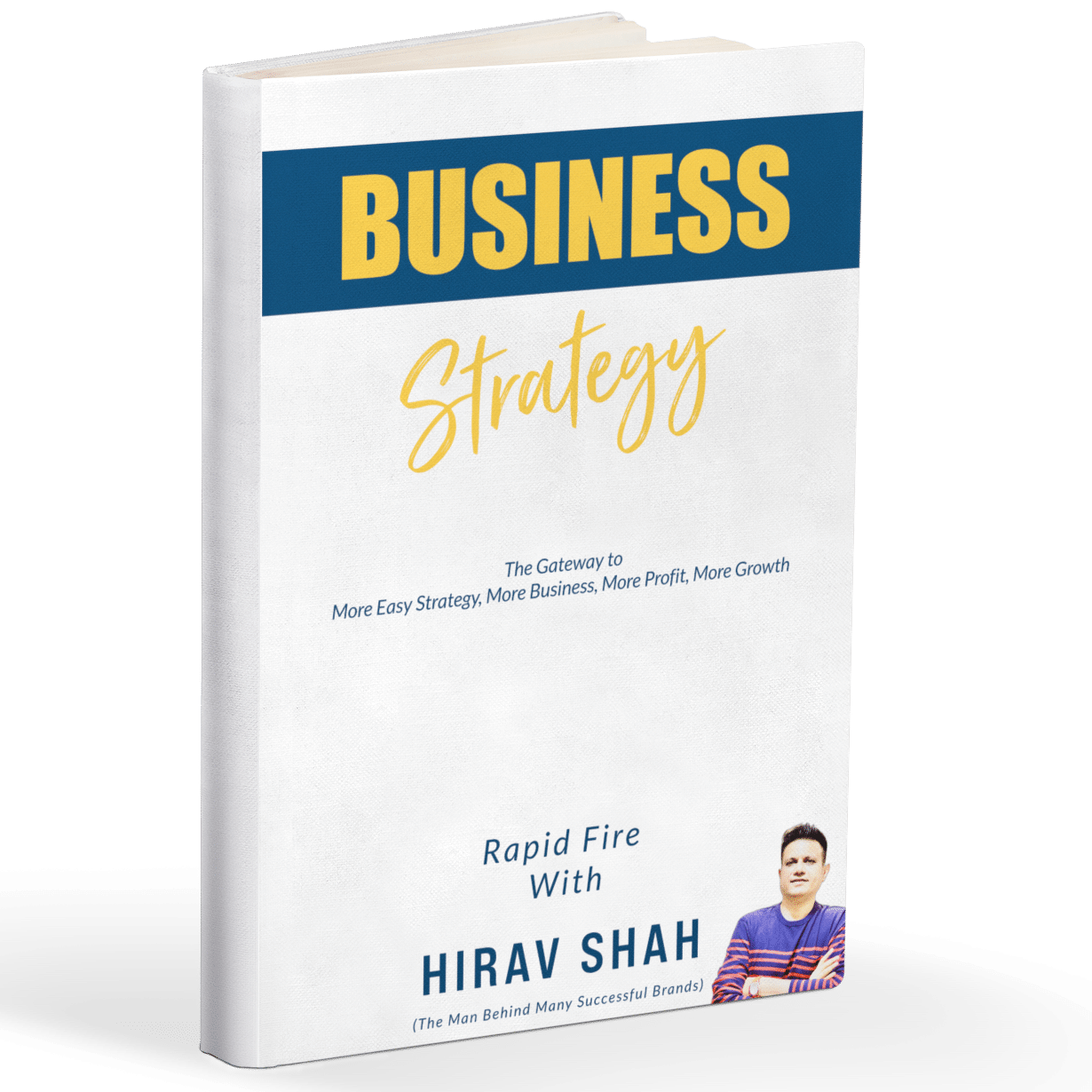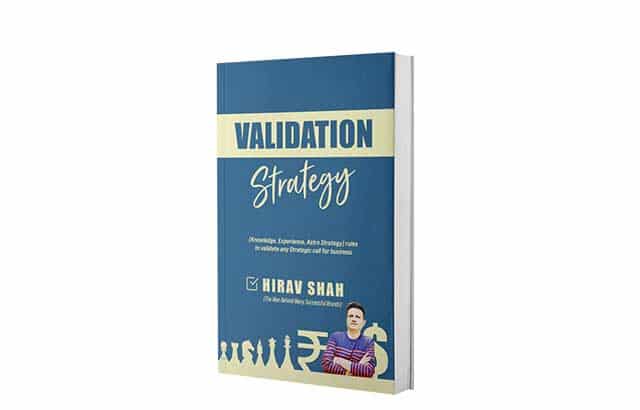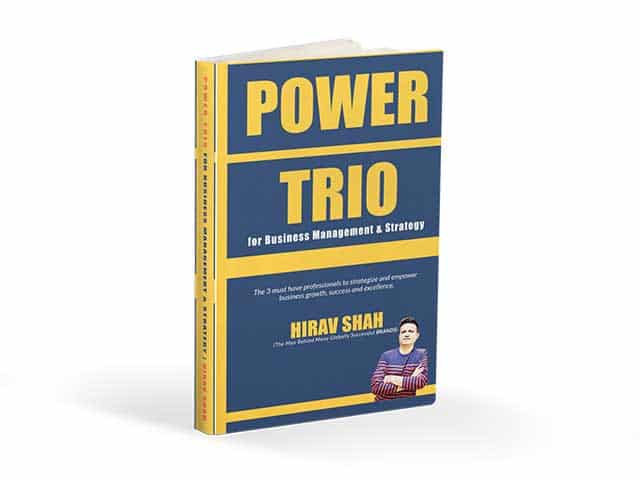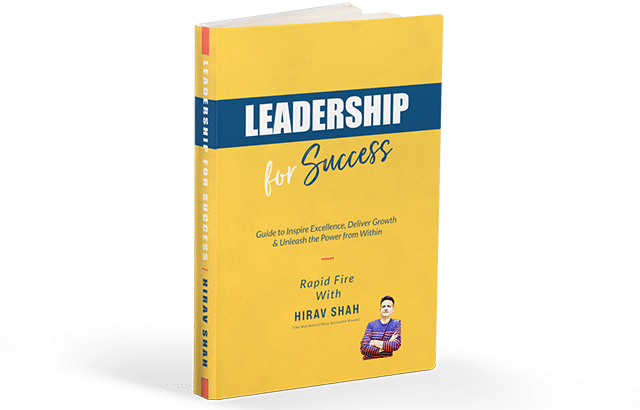Developing an exit strategy is crucial for any business, especially retail chains. It’s important to seek expert guidance and carefully assess all options to ensure maximum profits and success. Business strategist Hirav Shah recommends taking the time to determine the most effective strategy for your unique situation. By doing so, you can make informed decisions and develop an exit strategy that works best for your business.
Exit Strategies for Retail Businesses
An exit strategy for a retail chain can take various forms depending on the specific circumstances and goals of the business owners. Here are a few possible exit strategies for a retail chain:
- Sale to a Strategic Buyer: One option is to sell the retail chain to a strategic buyer, such as a larger retail company or a competitor. This allows the business owners to exit while leveraging the buyer’s resources, distribution channels, or customer base. The strategic buyer may be interested in acquiring the retail chain to expand its market presence, access new geographic regions, or diversify its product offerings.
- Management Buyout: If there is a capable and interested management team within the retail chain, they may pursue a management buyout (MBO). In an MBO, the existing management team secures financing to acquire the business from the current owners. This strategy allows the owners to exit while ensuring continuity and stability under the new management.
- Franchise or License Model: Instead of selling the entire retail chain, the owners may choose to transition the business into a franchise or license model. They can sell individual franchise or license agreements to interested parties, allowing them to operate their own retail outlets using the established brand and business model. This strategy allows the owners to retain control over the brand while generating ongoing revenue through franchise or licensing fees.
- IPO or Public Offering: For larger retail chains with significant growth potential, an initial public offering (IPO) can be considered as an exit strategy. Going public allows the owners to sell a portion of their shares to the public and institutional investors, providing liquidity and potential returns on their investment. However, an IPO requires compliance with regulatory requirements and market readiness.
- Private Equity Investment: Retail chains seeking growth capital or looking for an eventual exit can explore private equity investment. Private equity firms may invest in the retail chain in exchange for equity ownership, providing the necessary capital for expansion. At a later stage, the private equity firm may facilitate an exit through a sale to another investor or a strategic buyer.
- Succession Planning: If the retail chain is a family-owned business, succession planning can be an exit strategy. This involves transferring ownership and control to the next generation of family members or grooming a successor to take over the business. Succession planning ensures a smooth transition and allows the original owners to exit while keeping the business within the family.
- Liquidation or Wind-down: In certain cases, if the retail chain is no longer viable or profitable, an exit strategy may involve liquidation or wind-down. This process involves selling off the company’s assets, settling liabilities, and closing down operations in an orderly manner.
It’s essential to evaluate the specific circumstances, market conditions, and long-term goals of the retail chain when considering an exit strategy. Consulting with legal, financial, and industry experts can provide valuable guidance in determining the most suitable and advantageous approach for exiting the retail business.
Tips for a Smooth Exit Strategy
Let’s consider a scenario where you have established a successful retail chain of clothing stores in India. After several years of growth and profitability, you decide it’s time to pursue an exit strategy. Here’s a possible approach:
- Identify Potential Buyers: Conduct market research to identify potential buyers who may be interested in acquiring your retail chain. Look for companies in the same industry or larger players seeking to expand their footprint in the retail sector. This could include both domestic and international companies.
- Reach out to Competitors: Approach direct competitors in the retail industry who may be interested in acquiring your business to consolidate market share or gain access to your customer base and physical store locations. Engage in confidential discussions to gauge their interest and evaluate potential synergies.
- Explore Private Equity Investors: Consider engaging with private equity firms or investment groups that specialize in retail businesses. These firms may be interested in acquiring a majority stake in your company or partnering with you to provide growth capital and operational expertise.
- Prepare Financial Documentation: Organize and prepare financial statements, valuation reports, and other relevant documentation to present to potential buyers or investors. This information should provide a clear overview of your company’s financial performance, assets, liabilities, and growth potential.
- Negotiate Terms and Valuation: Engage in negotiations with interested parties to determine the terms of the exit. This includes discussing the valuation of your business, the structure of the deal (such as asset sale or equity transfer), and any conditions or contingencies.
- Legal and Due Diligence Process: Once you have selected a buyer or investor, engage legal and financial professionals to assist with the due diligence process. This involves a thorough examination of your company’s financial, legal, and operational aspects to ensure transparency and mitigate potential risks.
- Finalize the Exit: Work with your legal team to draft and negotiate the sale or investment agreement. Address any regulatory requirements, obtain necessary approvals, and finalize the legal documentation.
- Transition and Handover: After the sale or investment is completed, work closely with the buyer or investor to ensure a smooth transition. Assist with the handover of operations, knowledge transfer, and any necessary training to ensure continuity for employees and customers.
- Financial Realization: As the founder or majority shareholder, the completion of the exit strategy allows you to realize the financial gains from the sale or investment. You may choose to reinvest the proceeds in other ventures or pursue new opportunities.
Remember, each exit strategy will vary depending on the specific circumstances, industry dynamics, and market conditions. It’s important to consult with legal, financial, and industry experts to ensure a smooth and successful exit process.
Final Words
Hirav Shah, a renowned business strategist, emphasizes the importance of making informed decisions when it comes to retail business. According to him, blindly following the traditional retail chain model may lead to earning less profit. Instead, it’s crucial to evaluate all options and seek expert advice to determine the most suitable strategy for a particular situation. By doing so, one can maximize profits and achieve long-term success in the retail industry.



























